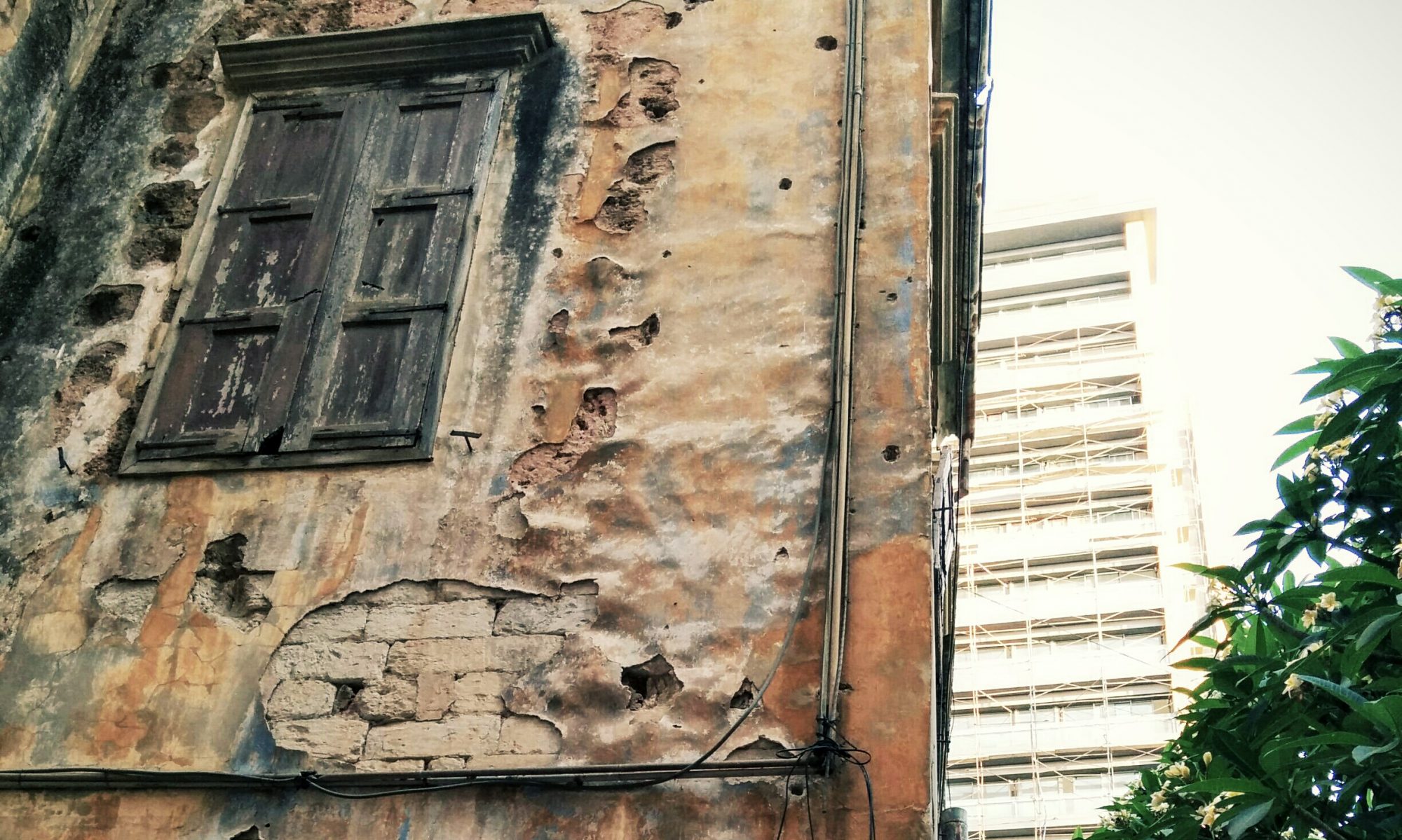[A] surprising adaptation of Islam to Chinese traditions appears in the martial arts that are partly Islamized. Chinese Muslims (the Hui) are aware that they have borrowed their matial art (wushu) from the Han Chinese, but they maintain they have given it a particular form by rejecting certain techniques and adding new ones. Boxing used to be practised or defence but today it serves to maintain health. The forms of combat that are practised have names inspired by Islam. One is chaquan (cha boxing), a form that legend says was developed by a western Muslim called Chamianer or Chamier, who was probably of Uighur origin. The form begins and ends with a Muslim prayr. Another form, xinyiquan (heart and will boxing), which is also called Hui boxing, is performed slowly. It is simlar to bagua, which is based on the eight trigrammic symbols of Taoism. Among the weapons used in this martial art, besides traditional Chinese weapons – sabre, sword, stick, lance, knife – there is the whip, which belongs to the world of the steppes. This martial art is defined according to Islamic norms. Some forms such as monkey boxing are forbidden (because Islam is opposed to the idea that there is a similarity between man and monkey) and styles alluding to the drunken state (drunken man boxing) for reasons that are easy to guess at. The Hui also refuse to practice some forms that are clearly influenced by Buddhism such as shaolin boxing, but do not reject Taoist forms of boxing, for example T’ai chi chuan and Bagua zhang. In addition they think of these types of boxing as simple physical exercises and not as spiritul disciplines. The Hui also do qigong (breathing and meditation exercises). Originally boxing was practised inside mosques; nowadays it is performed in their courtyards during religious festivals. The martial art is passed on by families of masters who conform to the model of the isnâd, a traditional Muslim chain of authority and kinship. Legend dates Chinese boxing from the time of the prophet Mohammed and relates that he was an expert in the art. The most Islamized form of boxing is called tangpinggong, meaning washpot exercise The pot in question resembles a small watering-can well known among Muslims, who use it to perform their ablutions. The body adopts the shape of this object in the course of the practice; the exercise is not a series of active movements but like qigong, consists of several so-called meditative postures that are used to stimulate energy, or chi. However, the origins of tangpinggong are shrouded in mystery. Surely we must recognize an Islamic version of Taoism in the inner practices of this Muslim form of boxing.
Zarcone, T. 2003. View from Islam, View from the West. Diogenes 50(4): 57
